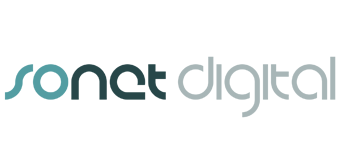Website Architecture: SEO-Friendly Web Hierarchies
This post moved migrated here from the original KR8 blog
Website portal architecture, particularly from an SEO standpoint, is an important aspect of building an SEO-friendly website. While many SEO professionals and webmasters tend to focus primarily on the upper echelons of a website’s structure, it’s important not to overlook the lower levels of a site. Naturally, it’s logical to position your premier services prominently and guide visitors deeper within the site. However, challenges arise when optimising a portal where vital information is tucked away much deeper due to its folder architecture.
A while ago, we were approached to consult on a web development project with this exact issue. The company in question was a large music portal and was reluctant to redevelop, primarily due to the associated costs and effort. However, they were open to restructuring the content.
Solution: Create seamless link pathways
Our approach was straightforward: establish clear deep link pathways from each folder level directly to the base. This involved revamping the navigation to enhance user experience, removing the Macromedia Flash menu, replacing it with an HTML navigation menu, and ensuring it was easily navigable by search engine spiders. Our strategy bore a resemblance to the techniques we used in the older Music 3W project.
Here’s a breakdown of our approach:
- Content-Specific Folders: Tailor each folder to its content, ensuring relevance and ease of navigation.
- Hierarchical Structure: Organise each folder based on the importance and specificity of its content.
- Prioritising Content: Bring important content to the forefront and categorise less crucial material deeper.
- User-Friendly Navigation: Design navigation that effortlessly guides users to deeper relevant content.
- SEO-Friendly Design: Use simple styled HTML navigation to facilitate effortless crawling by bots.
- Comprehensive Sitemaps: We incorporated detailed sitemaps (four in this instance) with descriptive links guiding visitors and ‘search engine bots’ to deeper content.
- Relevant Internal Linking: We developed an internal linking plan based on strict relevance, introducing visitors to fresh or alternative content that was in context with the page they were viewing.
- Dynamic Home Page Content: A rotating monthly category box on the homepage spotlighted various content areas.
- Unique Content Integration: Populate specific folders with news articles to enhance value and user engagement.
I’m pleased to report that our methodology proved effective in both projects. While we initially missed the mark with ‘breadcrumb trails’, we rectified this by implementing bespoke navigation systems dependent on the folder’s size.
Final thoughts
While our approach was successful, there’s always room for refinement. Interestingly, e-commerce platforms could greatly benefit from such strategies. A common complaint amongst e-commerce systems is the challenge of directing visitors to products or ensuring spiders index deeper product pages.
.








Leave a Reply
Want to join the discussion?Feel free to contribute!